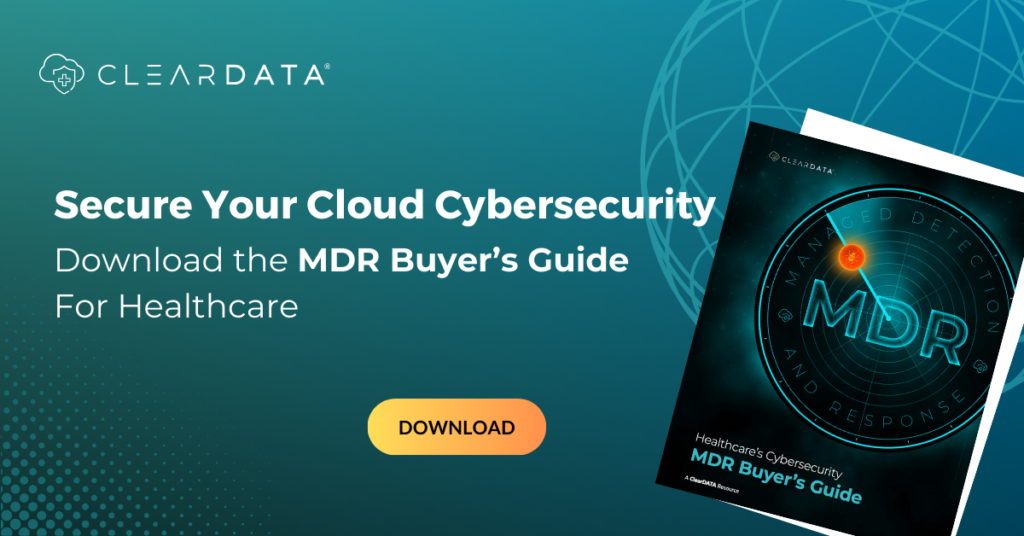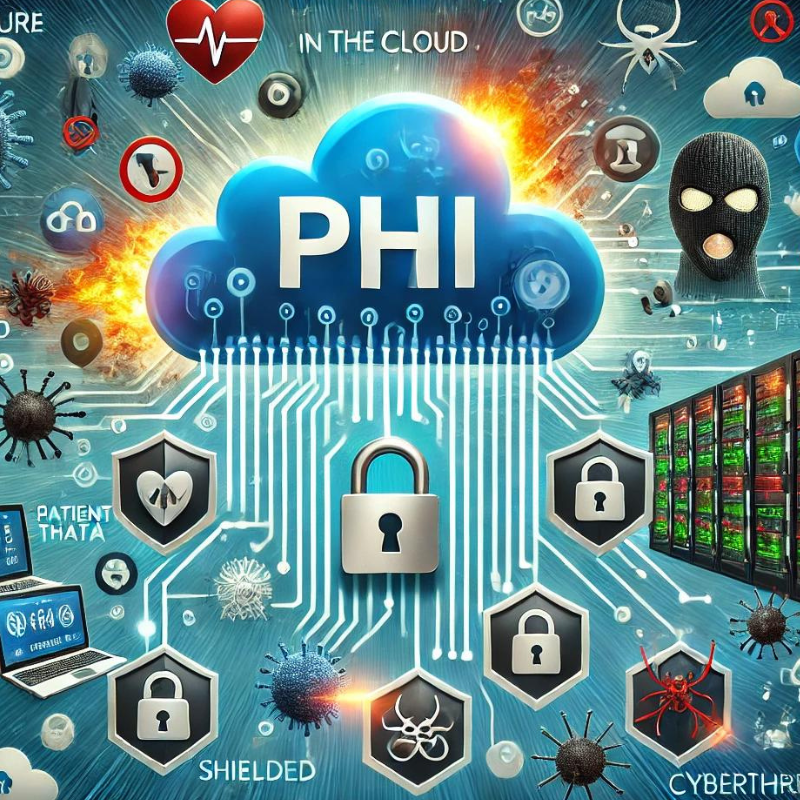Strengthening Your Cloud Defense Against AWS S3 Bucket Exploits
Cybercriminals kicked off 2025 with a bang. On January 13, AWS’s CIRT flagged a surge in suspicious encryption activity targeting Amazon S3 buckets. No AWS vulnerabilities were to blame—just bad actors using stolen credentials to hijack data with malicious encryption keys. It’s a clear signal that cloud threats are evolving, and organizations must double down on access controls, real-time monitoring, and preemptive security strategies.
While our team swiftly responded to this emergent threat, ensuring our clients were informed and safeguarded. Here’s what you need to know about this exploit, the risks posed, and how to continually ensure your security.
What is Amazon S3?
Amazon Simple Storage Service (Amazon S3) is an object storage service designed for scalability, performance, and security. Businesses use it for a variety of needs, from data lakes and backups to hosting applications and running critical analytics.
Amazon S3 organizes data into “buckets,” which store objects, including data files and their metadata. Each object in a bucket is given a unique key or identifier, ensuring easy retrieval. Businesses often rely on features like S3 Access Points, IAM policies, and bucket policies to customize access and security configurations.
While these features empower users to control their environment, they also require meticulous configuration to prevent misuse, as recent events illustrate. Proper management paired with continuous monitoring can greatly minimize risks.
What Happened in the AWS S3 Exploit?
This incident doesn’t stem from a flaw in AWS’s security infrastructure. Instead, attackers leveraged valid credentials in an unintended manner, enabling them to encrypt bucket-stored data with new keys. Data encrypted in this way cannot be decrypted without their cooperation, a tactic common in contemporary ransomware attacks.
For organizations storing sensitive data in the cloud, including healthcare providers with PHI in their S3 buckets, this type of exploit poses significant risks. The attackers’ method allows them to bypass perimeter defenses, making robust endpoint defenses and credential protections critical safeguards.
AWS presented mitigation guidance to help customers enhance security, emphasizing steps like enabling CloudTrail logging, enforcing S3 Versioning, and blocking public access. However, successful mitigation requires combining these strategies with comprehensive, real-time monitoring and response capabilities.
How to Mitigate This Risk
AWS has provided mitigation recommendations to help customers secure their environments, including:
-
- Enabling AWS CloudTrail to maintain detailed activity logs.
-
- Using S3 Versioning to preserve previous file versions and prevent total data loss.
-
- Implementing S3 Server Access Logs to track potential unauthorized activity.
-
- Blocking public access to buckets to limit exposure.
The good news? The right managed service security provider (MSSP) and threat detection software and services can handle this all for you.
From our end, the day AWS identified the exploit, we published a detailed intelligence summary (INTSUM) for our customers. This timely insight equipped organizations to prepare for potential impacts and implement necessary countermeasures.
We continuously monitor cloud logs for any anomalies, allowing us to act swiftly when threats arise. In our platform, there are built-in safeguards for comprehensive security and compliance management, specifically designed to ensure cloud environments remain protected from incidents like this.
During the January 2025 exploit, our managed detection & response (MDR) framework enabled clients to respond five times faster than industry standards, reducing exposure and enhancing data protection.
Strengthening Cloud Security Moving Forward
The recent AWS S3 exploits serve as a critical reminder of the evolving cyber threat landscape and the importance of advanced security measures for your cloud environments. Ensuring your data remains accessible and protected requires a mix of policy enforcement, constant vigil over your access points, and the right security partner.
If you’re ready to reinforce your defenses against sophisticated threats like the Codefinger Ransom Attack or want to learn how ClearDATA MDR can scale to your needs, connect with us today. Protecting your cloud environment starts with a conversation, and we’re here to help.
With ClearDATA, you can move forward with confidence, knowing your sensitive information is in expert hands.
FAQ
What caused the January 2025 AWS S3 Bucket Exploits?
The exploit involved unauthorized use of valid credentials to encrypt S3 bucket data with malicious keys. This method didn’t exploit a vulnerability in AWS services but rather leveraged credential misuse to execute the attack.
How can I prevent unauthorized encryption of my cloud data?
Protecting your cloud data requires a combination of strong access controls, enabling features like CloudTrail logging, S3 Versioning, and S3 Block Public Access. Continuous monitoring of logs and real-time response capabilities are also critical for mitigating such threats.
What makes ClearDATA’s MDR services effective against these threats?
ClearDATA’s MDR services integrate robust monitoring, threat-hunting capabilities, and rapid response. Features like machine-learning-driven threat detection, containment, and expert-led forensics allow us to handle incidents efficiently, minimizing business disruption.
Are my existing AWS security settings sufficient to mitigate these risks?
While AWS provides powerful tools and settings, proper configuration and continuous oversight are necessary. ClearDATA enhances your AWS security framework by ensuring comprehensive compliance enforcement and proactive threat detection tailored to your environment.
Secure Your Healthcare Cloud



